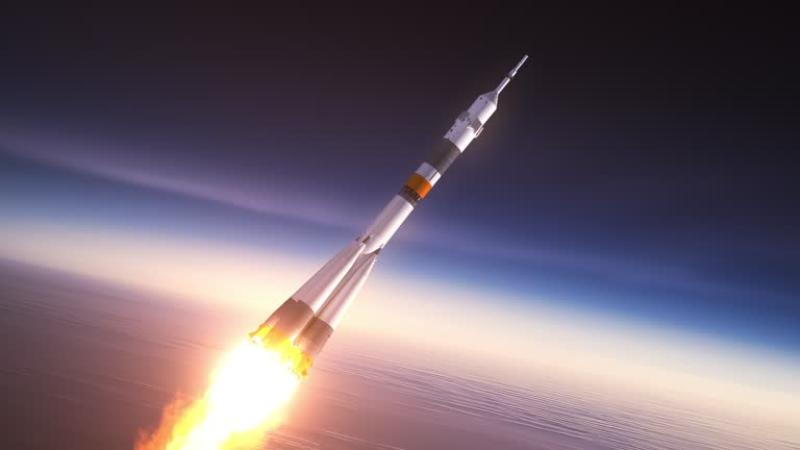Carrier rockets, also known as launch vehicles, are a critical component of space exploration and satellite deployment, responsible for transporting payloads from Earth’s surface into orbit or beyond. These powerful machines are engineered to overcome gravitational forces, propel satellites or spacecraft into predetermined trajectories, and enable a wide range of applications, including communications, defense, scientific research, and commercial ventures. Recent advancements in carrier rocket technology have significantly enhanced their capabilities, making them more efficient, cost-effective, and environmentally conscious. An in-depth understanding of carrier rockets encompasses their types, functions, technological progress, and market dynamics shaping the aerospace sector today.
Advanced Technologies Transforming Modern Carrier Rocket Design
The evolution of carrier rockets has been marked by continuous innovation in propulsion systems, materials, and guidance technologies. Modern carrier rockets utilize a variety of propulsion mechanisms, including liquid, solid, and hybrid rocket engines, each offering unique advantages dependent on mission requirements. Liquid-fueled engines provide throttle control and higher efficiency suitable for multiple burns, while solid-fueled engines simplify storage and provide quicker launch readiness.
Composite materials and lightweight alloys have replaced traditional metals, enabling rockets to achieve higher thrust-to-weight ratios, thereby maximizing payload capacity. Reusability has emerged as a game-changer; the development of first-stage boosters that can safely return and land after each mission is transforming the cost structure of space launches. Enhanced avionics and navigation systems facilitate precise trajectory control and payload insertion, ensuring mission success even in complex orbital scenarios.
Worldwide Factors Shaping Carrier Rocket Demand and Production
The carrier rocket sector is experiencing rapid growth driven by the increasing demand for satellite launches, deep-space missions, and commercial space travel. Governments, private enterprises, and international agencies are expanding their space programs, stimulating a competitive landscape for launch vehicle manufacturers. The expansion of satellite constellations for telecommunications, Earth observation, and navigation has dramatically increased launch frequency, creating a robust market for carriers capable of delivering multiple payloads simultaneously.
Coupled with the rise in small satellite deployment, the industry is witnessing the emergence of dedicated small-lift launch vehicles tailored for cost-sensitive, rapid deployment missions. Strategic partnerships and collaborative ventures between aerospace companies and research institutions are contributing to technological breakthroughs and optimizing launch infrastructure globally. In parallel, strict regulatory frameworks and environmental considerations are shaping operational protocols, emphasizing the demand for sustainable rocket designs that minimize carbon emissions and space debris.
Navigational Guide to Comprehensive Carrier Rocket Industry Reports and Analytics
For professionals, analysts, and enthusiasts seeking detailed insights into the carrier rocket industry, targeted market research reports offer valuable data on trends, forecasts, and competitive landscapes. These reports typically cover technological innovation trajectories, market segmentation by rocket type, payload capacity, geographic outlook, and end-user applications. They also analyze supply chain dynamics, investment patterns, and the impact of geopolitical developments on aerospace activities.
Accessing thorough analytics facilitates informed decision-making for manufacturers, investors, and government agencies involved in space missions and satellite launches. These comprehensive studies include qualitative and quantitative assessments, enabling users to identify emerging opportunities and potential challenges within the carrier rocket segment. Such resources are indispensable for navigating the complexities of the evolving aerospace market and anticipating future developments in launch vehicle technologies.
Commercial Considerations in Selecting and Procuring Carrier Rockets
Choosing an appropriate carrier rocket involves multiple commercial factors, including payload requirements, mission objectives, launch site availability, and cost-efficiency. Pricing models for launch services vary widely based on rocket capabilities, frequency of launches, and customization needs. With the proliferation of commercial space enterprises, customers benefit from competitive pricing and tailored solutions aligned with specific orbital insertions and mission durations.
Service providers also offer additional utilities such as payload integration, mission planning support, and insurance coverage, further influencing commercial decisions. The trend towards commercial satellite constellations demands scalable and reliable carrier rockets that can conduct rapid successive launches without compromising performance. Additionally, environmental compliance and launch safety certifications play an increasing role in procurement policies, reflecting broader industry shifts towards sustainable space operations.
Future Outlook and Technological Innovations Shaping the Evolution of Carrier Rockets
The future of carrier rockets is poised for transformative changes driven by cutting-edge propulsion technologies, artificial intelligence, and enhanced materials science. Innovations such as methane-fueled engines, nuclear propulsion concepts, and autonomous flight control systems promise to extend mission range and payload versatility. Ongoing research into reusable rockets aims to achieve full system reusability, dramatically lowering costs and enhancing launch cadence.
Moreover, integration with satellite manufacturing advancements and in-orbit servicing capabilities will redefine satellite deployment strategies and lifecycle management. Emerging markets in lunar exploration, Mars missions, and deep-space cargo transportation are setting ambitious targets that push the boundaries of carrier rocket engineering. As space accessibility improves, commercial and governmental stakeholders alike will continue to expand horizons, leveraging innovation to unlock new opportunities within the global aerospace ecosystem.
Get this Report in Japanese Language: キャリアロケット市場
Get this Report in Korean Language: 캐리어 로켓 시장
Read More Articles Related to this Industry: Application of Synthetic Aperture Radar in Disaster Management
About Author:
Money Singh is a seasoned content writer with over four years of experience in the market research sector. Her expertise spans various industries, including food and beverages, biotechnology, chemical and materials, defense and aerospace, consumer goods, etc. (https://www.linkedin.com/in/money-singh-590844163)
